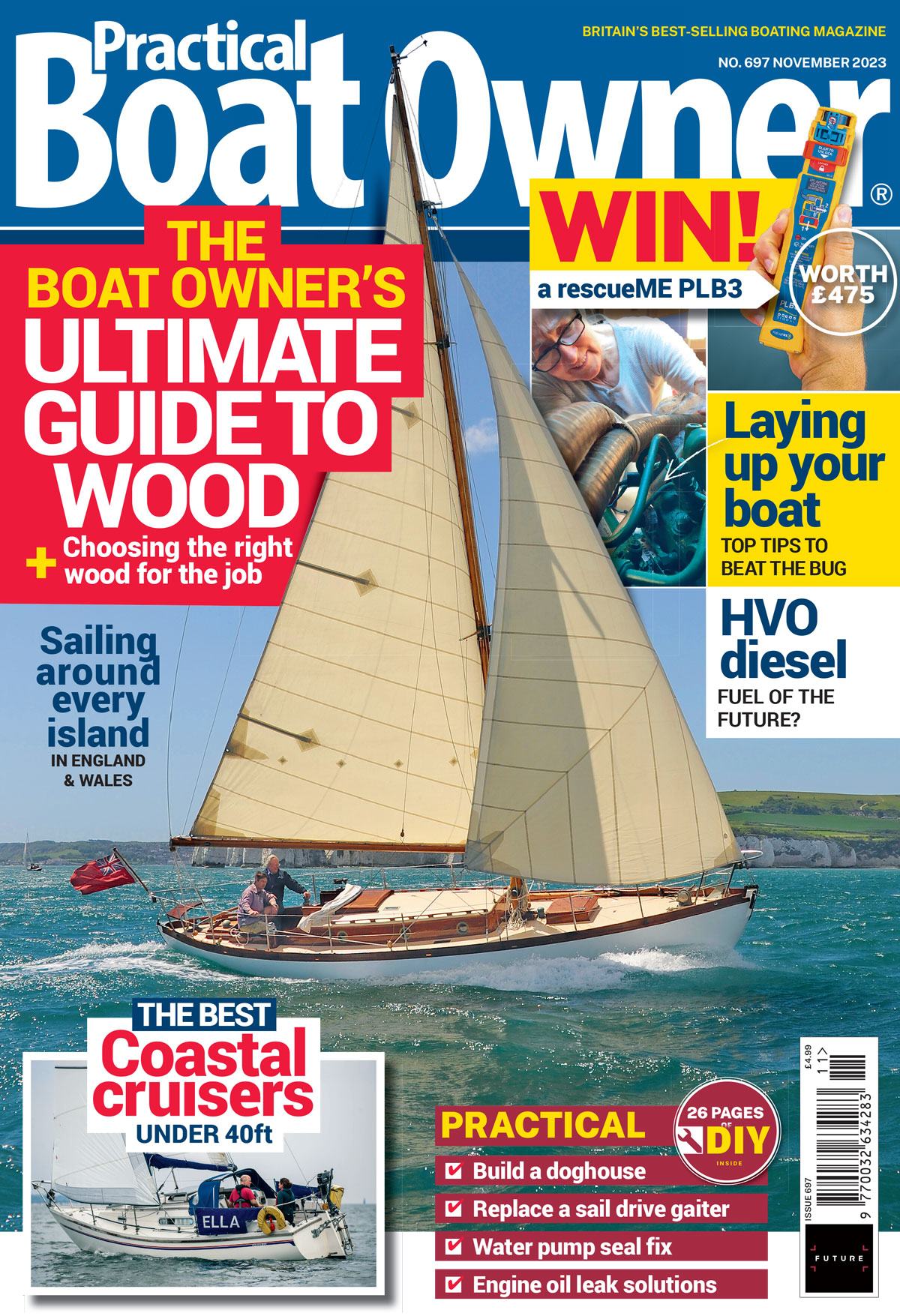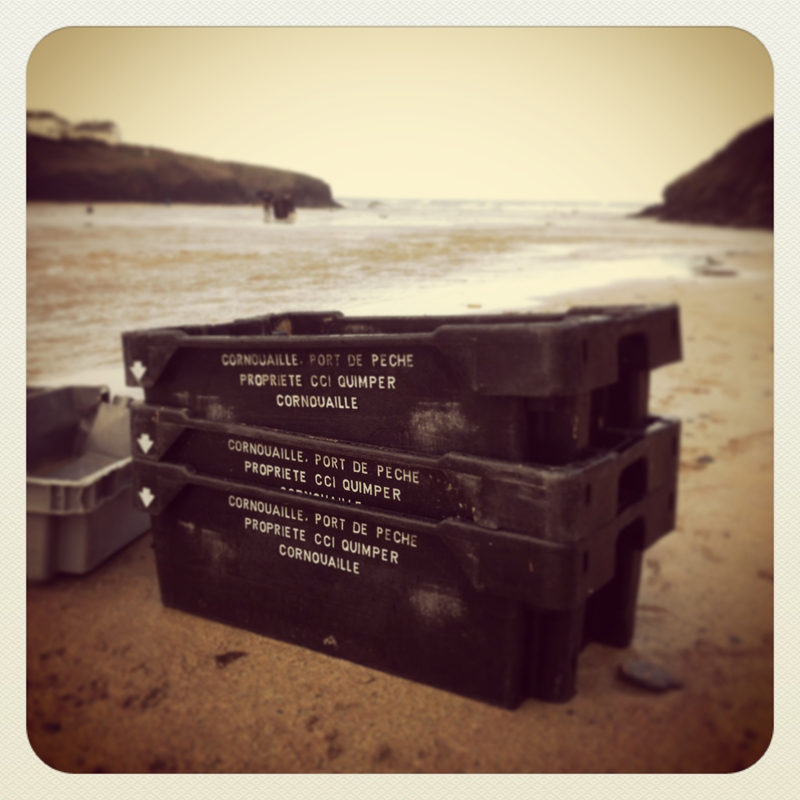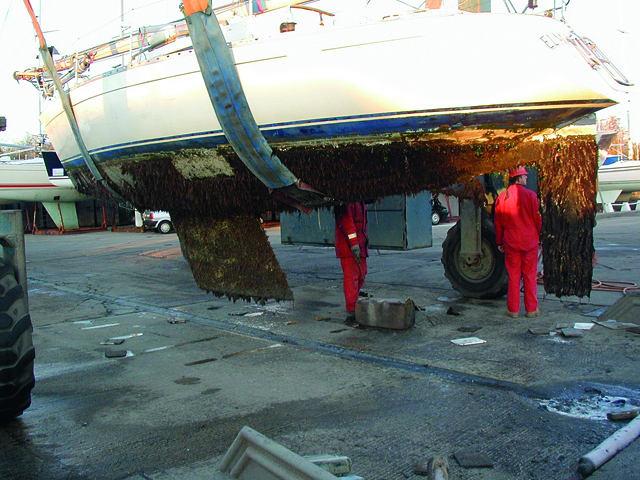For the first time in the UK, artefacts including cannons are being forensically marked underwater on some of the 57 Protected Wreck Sites in English waters which have the highest level of protection due to their historic and archaeological importance
Nearly eight years in the making, this new technology makes objects from shipwrecks traceable and marks a significant development in the protection of vulnerable underwater archaeological sites.
This project by Historic England, working with MSDS Marine, the Cultural Heritage Agency of the Netherlands (RCE) and partners intends to send a message to potential thieves that underwater artefacts such as cannons on Protected Wreck Sites are ‘too hot to handle.’
It forms part of the Heritage Watch scheme, which aims to help prevent and detect heritage crime and encourages the public to use their eyes and ears to look after our cultural heritage.
In 2021, damage to the Protected Wreck Site of the 17th century Dutch warship Klein Hollandia was documented by divers from the Nautical Archaeology Society which led to a joint decision by the RCE and Historic England to support further investigation of the wreck. They also agreed to continue to work towards new technology to make artefacts traceable.
Mark Harrison, head of heritage crime strategy at Historic England said: “This will act as a clear deterrent to those looking to unlawfully lift and remove historic material from Protected Wreck Sites. If someone breaks the law and removes any property, the new markings will give police the ability to link the offender to the crime scene and implement criminal proceedings.”

Underwater sign warning visiting divers to ‘look but don’t touch!’ on a site that has been forensically marked. Credit: MSDS Marine
Protection of shipwrecks
There are 37,000 known shipwrecks off England’s coastline, a legacy of Britain’s industrial past and over 6,000 years of maritime trade and warfare. This year is the 50th anniversary of the Protection of Wrecks Act 1973 which grants the highest level of protection to 57 of them. This means that only licensed divers can dive them and their contents are protected by law. The condition of these sites is also closely monitored by licensed divers.
As well as managing the licensing of access to Protected Wreck Sites on behalf of the Department for Culture, Media and Sport (DCMS), Historic England provides grant funding for projects to secure the preservation of these sites.
Protective Marking Project

Diver with an underwater sign warning visiting divers that a site is forensically marked. Credit: MSDS Marine
Funded by Historic England and the RCE, the protective marking project was commissioned in 2018. MSDS Marine has been working since 2016 to develop a product for the forensic marking of historic material on Protected Wreck Sites. The product has been trialled on dives this summer and is similar to the kind of traceable products used to mark lead on church roofs at risk of theft and trace artefacts back to a particular site.
Duncan Wilson, chief executive of Historic England said: “Our nationally important shipwrecks tell the story of England’s maritime past. Underwater forensic marking of artefacts is a great leap forward in helping to protect them. We are pleased to be working with the Cultural Heritage Agency of the Netherlands on this project and to further our research into the 17th century Dutch warship Klein Hollandia. International collaboration like this is so important for preserving our shared maritime heritage.”
Continues below…
Warning to wreck scavengers: Report it or risk £2,500 fine
Equipment has been taken from a French fishing boat that washed up after a dramatic rescue
The most at risk wrecks in England
The recently published Heritage at Risk Register reveals four of the 52 protected wreck sites around England's coast are under
Wreck to Transat racer
Is racing across the Atlantic in a boat bought with a student loan really feasible? Here's the story of PBO…
Martijn Manders, manager of RCE’s international programme for maritime heritage said: “We are confident that forensic marking will help protect important cultural heritage such as the wreck of the Klein Hollandia. Without this protection this heritage will disappear. We appreciate the partnership with Historic England and MSDS Marine in developing this newest technique, working towards bringing offenders to justice together.”
Alison James, heritage and systems manager at MSDS Marine said: “This protective marking project is a game changer for maritime archaeology and how authorities protect sites underwater. 2023 is the 50th anniversary of the legislation that enables the protection of wreck sites and it seems completely fitting that this product has finally been deployed to help protect them for the next 50!”

A congor eel lurks inside a bronze gun found at a wreck site © James Clark
Klein Hollandia
One of the Protected Wreck Sites being marked is the Klein Hollandia. Built in 1654 and owned by the Admiralty of Rotterdam, this 17th century Dutch warship was involved in all major battles in the second Anglo-Dutch war (1665-1667). The mystery surrounding its identity was solved earlier this year after it was previously referred to as ‘the Unknown Wreck off Eastbourne’. It lies at a depth of 32 metres on the seabed and sank after being boarded and captured by the English, during an attack on the Dutch Smyrna convoy in 1672.
Discovered in 2019, the Klein Hollandia was considered so important that it was granted the highest level of protection in the same year. The condition of the wreck is remarkable and can offer a wealth of information about how 17th century Dutch ships were built and the activities of the warship during its final voyage.
Archaeological remains for wrecks pre-dating 1700 are rare, and there is little surviving documentary evidence about how Dutch warships were built and modified over their lifetime. The Klein Hollandia saw a great deal of action at sea.

A Nautical Archaeology Society (NAS) diver handles a Bellarmine jug found at the wreck site of the Klein Hollandia © James Clark
The latest dives (5th – 10th September 2023) provided an opportunity for maritime archaeologists to record and gather photographic evidence to research the surviving features of this historically important shipwreck, such as the unusual double layer of well-preserved Oak planking on its hull as well as possibly two additional layers of planking made from coniferous wood.
Mark Beattie Edwards, CEO of the Nautical Archaeology Society and licensee of the 17th century Dutch warship Klein Hollandia wreck site said: “We are very happy that the Klein Hollandia was chosen for the forensic marking project. Being so far offshore, it is vulnerable to illegal visits and recoveries. This new technology will give us peace of mind.”
Enjoyed reading New marking technology for protected shipwrecks? 
A subscription to Practical Boat Owner magazine costs around 40% less than the cover price.
Print and digital editions are available through Magazines Direct – where you can also find the latest deals.
PBO is packed with information to help you get the most from boat ownership – whether sail or power.
-
-
-
- Take your DIY skills to the next level with trusted advice on boat maintenance and repairs
- Impartial in-depth gear reviews
- Practical cruising tips for making the most of your time afloat
-
-







